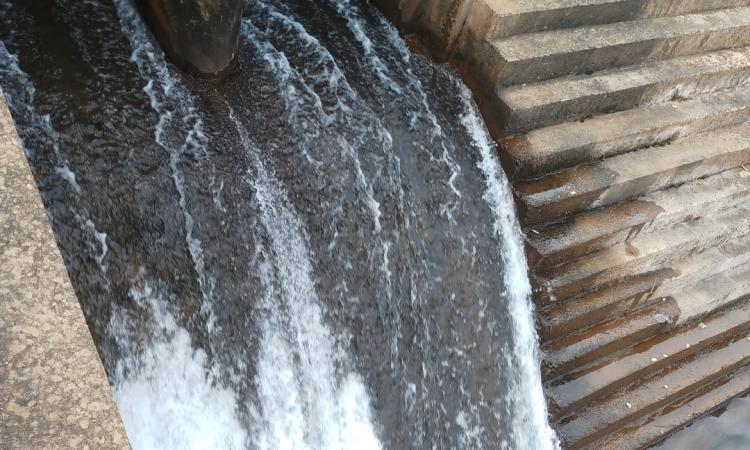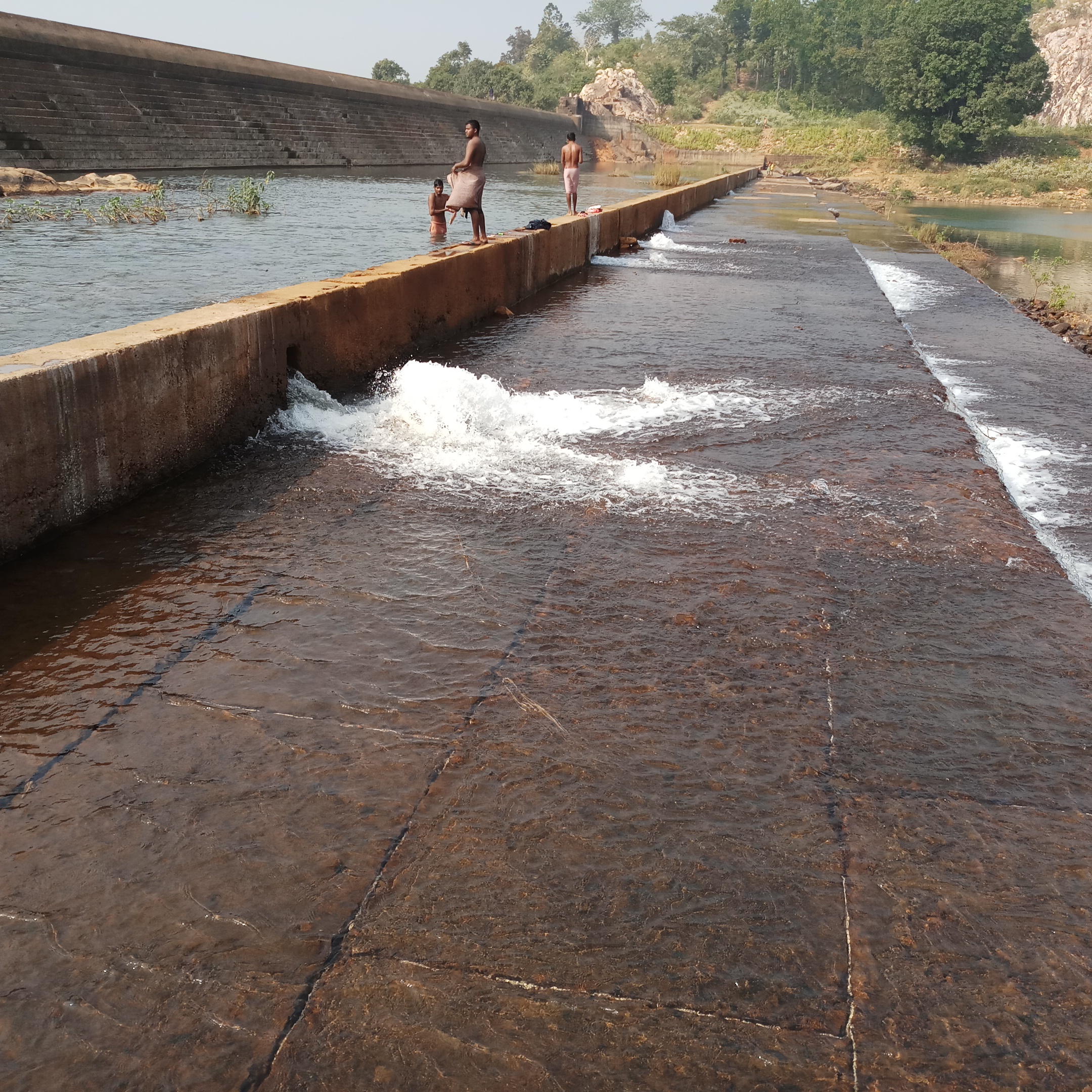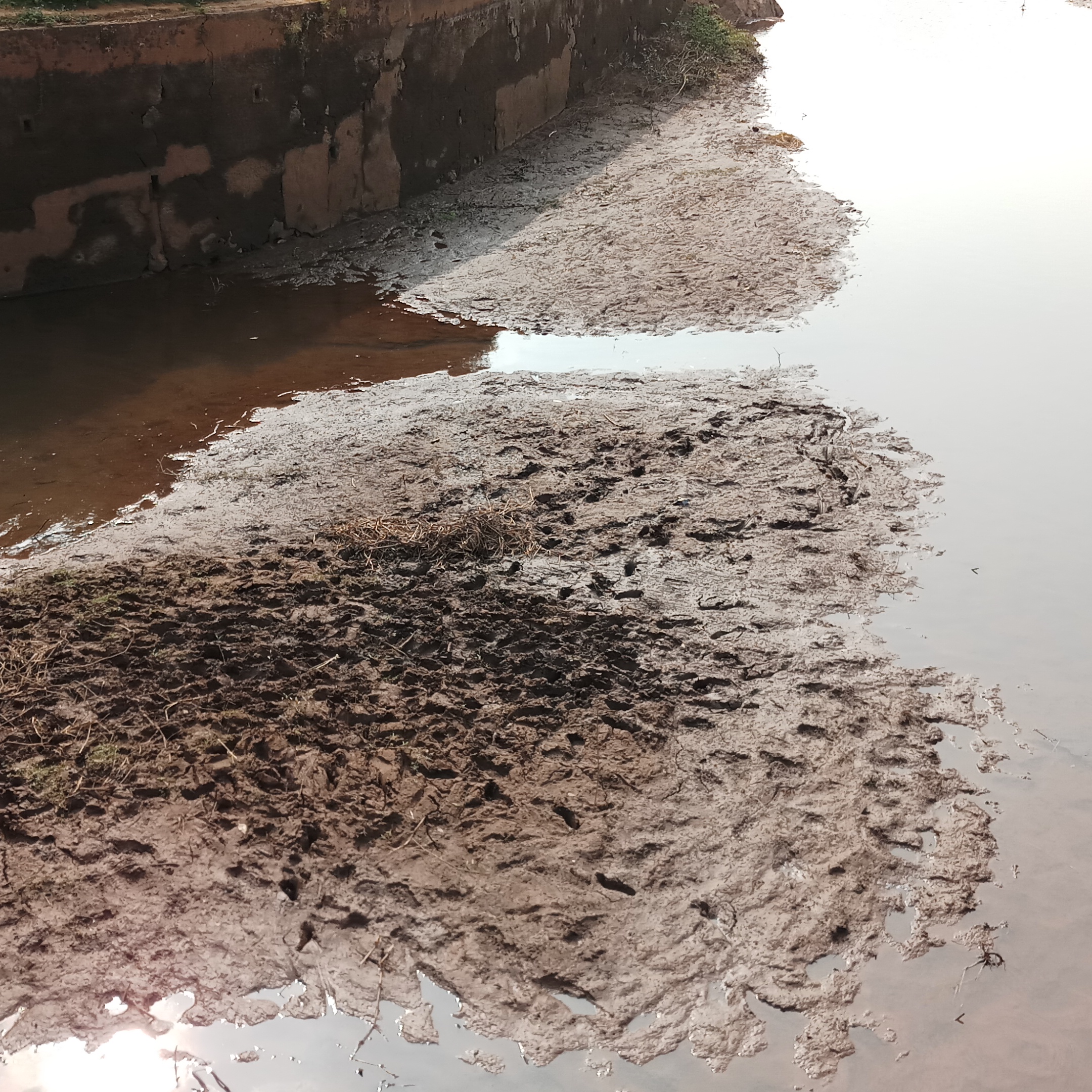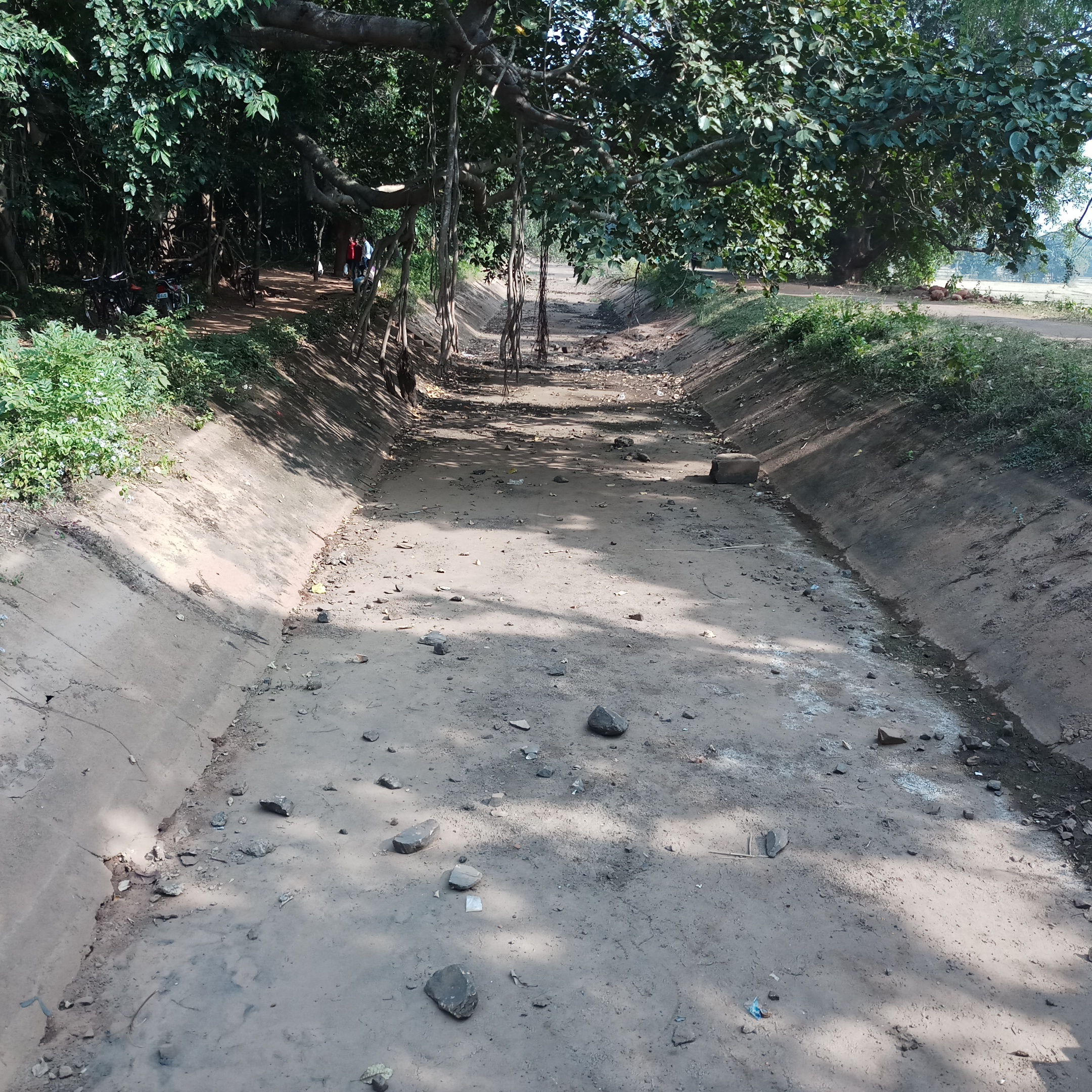
Located at Shamakhunta block of Mayurbhanj district, around 28 kilometers from Baripada town in Odisha, Baldiha dam was constructed during the rule of Maharaja Shri Ramchandra Bhanjdeo in 1912. The dam was built by the then state engineer Jarnold Martin Loe on river Palpala. 
The dam was the lifeline of farmers of several villages namely Balidiha,Tarajudi, Ghundapal, among several others. The dam, with a height of 7.21 metre and a width of 1.60 metre, has a catchment area of 205 sq km. While the length of the right main canal is 13.05 km, its left main canal covers 6.6 km. It has around 22 distributaries and their total length is around 55.21 kilometers.
For several years, it provided water to the farmers of around 49 villages through its 24 canals. But the subsequent government neglect has taken a toll on its health with the high deposition of soil along with leakages rendering it virtually useless for farmers.
Prabhat Kumar Sethi, the assistant engineer in the department of waterways, claims that the dam is still a good source of water for the kharif crop. The farmers, however, laugh at this claim saying water is mainly required during the rabi crop when the sowing is done during winter while the kharif season falls in monsoon when there is ample supply of water.
Farming not an option anymore
Farmers of Balidiha village where the dam is located says that the water from the dam reaches to just a few hectares of land situated close to it while the far flung areas from where the canal passes runs dry. 
“The dam was strategically built by the maharaja keeping in mind the needs of several villages for water. It solved the water crisis for several years. But the high deposit of sand has left the dam useless now. Such is the condition that only a few hectares of land in Balidiha village get water while the other areas are left completely dry. The dam is useless during the rabi season when water is required. In the monsoon, we would naturally get water. We have complained to the irrigation department several times to renovate it but nothing much has been done so far. We continue to suffer,” says Mahendra Senapati (45), a farmer.
Balkeshwar Singh (68), another farmer points out that the scarcity of water has its implications on the farming community which has been working as labourers and doing odd jobs because of the shortage. “Farming has been our ancestral profession. We have depended on tilling of land for our food. But the dam is not able to fulfill our needs anymore. We are forced to do sundry jobs for our families. Some of the farmers have also migrated to Bhubaneswar or other big cities for their livelihood,” he says.
Narendra Naik (60) whose son Rabindra Naik(30) has been working in Chennai as labourer says several acres of his land have been lying useless due to water crisis. “My farmland is hardly of any use due to the shortage of water. The penury has forced my son to leave the village and work in another state for livelihood. He would have stayed here and done farming had the dam supplied ample water,” he says. He pointed out that several thousands of youths in the villages have now migrated to other states looking for livelihood.
Nandua Behera (49), another farmer says that banks don’t give them loans because of the risk of default. “The banks refuse to give us loans while the private money lenders charge high rates of interest. It’s true that farmers fail to repay loans because scarcity of water hampers production,” he adds.
Delayed dam desilting and leakages
Locals say that the removal of sand was done around a decade ago and since then, sand gets deposited in the dam without any step undertaken for its removal.
“The removal of sand (the department, with the help of locals, had cleared the sand that had gathered near the dam) was done more than a decade ago but that was a short-term measure and didn’t bring much result. The situation remained the same and has, in fact, taken a bad turn over the years. The sand has stopped the flow of water while the leakage has compounded the issue,” says Sania Singh, another farmer. 
The irrigation department officials, however, were quick to pass the buck on the Integrated Tribal Development Agency (ITDA), a state-run agency, for the plight of the farmers. “The ITDA has built three check dams near the Baldiha dam obstructing, and thus, reducing the water flow. They didn’t consult us before constructing the check dams. Though their action has benefitted a small section of farmers, water does not reach several areas which are far,” says Sethi. He, however, failed to give a proper reply as to why the irrigation department didn’t raise any objection when the check dams were being built. The ITDA chief was not available for comments.
Civil engineer Ajay Kumar Behera says that the problem has compounded because the engineers are unable to trace the switch that was built by the then engineers for the removal of deposits. “The switch was opened for the removal of sand but it got lost in deep water somewhere and is no more traceable. We have formed a team of technical experts to trace it. A proposal of around Rs 25 lakh has been sent to the government for the removal of sand, but we have to find a long-term solution as the deposition is a recurring issue,” he says. He, however, admits that the leakage is an issue and a team of technical experts have been set up to find the switch to stop the leakages.
Contrary to the allegations of the farmers, he claims that around 3832 hectares of land is being irrigated by the water from the dam.
Is dam renovation a solution?
The local sarpanch Guruprasad Dangua says that the renovation of dam is a serious issue which has changed the topography of the area and nothing has been done despite approaching the chief minister. According to him, the dam and the surrounding areas are so dry that children play football there. “While campaigning for the last Assembly polls in 2014, the chief minister had visited the villages and had assured repair of the dam but nothing has been done so far. Farmers continue to suffer as they have become debt ridden and are forced to send their children outside for livelihood. Such is the resentment among people against authorities that they have decided not to cast their votes in the next Assembly elections,” he says. 
He believes that by renovating the dam, it can even be turned into a good tourist spot by the administration. “The hill overlooking the dam has a structure which was once used by the maharaja to hunt birds that used to come to drink water. It is in a dilapidated condition but can be renovated and used as a tourist site because it provides a magnificent view of the entire area. We are planning to send a proposal to the government to convert it into a tourist spot. It will also offer livelihood for local residents,” he says.
The tall and lofty plans of the administration have, however, failed to provide any relief to the farmers who are desperately waiting for the dam to come back to life.
Tonmoy Maity, an assistant engineer asserts that the dam is defunct and calls the claims of the irrigation officials an eyewash. “The dams are built to look into the shortage of water when there is no rainfall. During the kharif plantation in monsoon, there is ample supply of water so crops do not have such water requirement. The necessity is basically during winters when the rabi crop is sown. It is during that time that Baldiha dam is unable to provide water,” he says.
He, however, agrees that desilting cannot solve the issue. “The dams normally have a life expectancy of around 50 years and Baldiha has already been more than a century old. The necessity is to look into the feeding canals and catchment and renovate them by stopping the leakages. It seems that deforestation in the nearby areas has led to soil erosion which is being carried by flowing water and deposited near the dam. The state government should plant more trees to check the erosion. Such steps can only stop erosion and bring the dam back to life.”